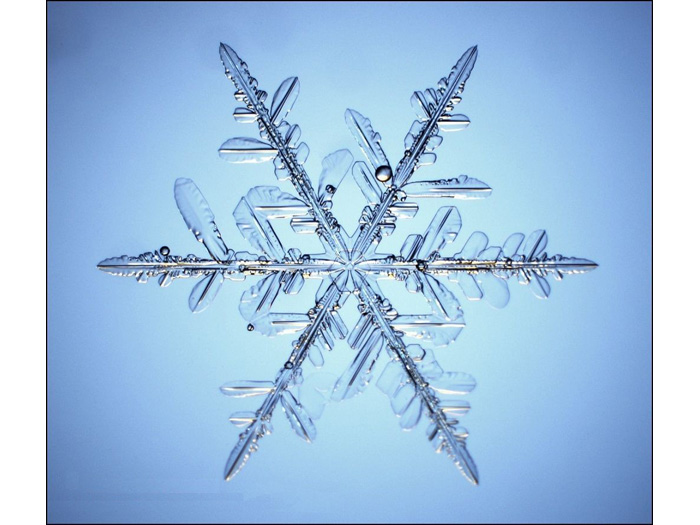Cold fusion - back with a bang?
20 years on, prefers to be called Low Energy Nuclear Reaction

Three separate groups of researchers - including one group from the US Navy's Space and Naval Warfare Systems Centre (SPAWAR) - are reporting "compelling" new evidence for the existence of cold fusion.
The US Navy researchers claim to have produced the first clear visual evidence that cold fusion - now called Low Energy Nuclear Reaction (LENR) - can produce neutrons, the tell-tale subatomic particles indicated nuclear reactions are occurring.
"Our finding is very significant," says Dr Pamela Mosier-Boss of SPAWAR. ""People have always asked 'Where are the neutrons?' If you have fusion going on, you have to have neutrons. We now have evidence that there are neutrons present in these LENR reactions."
Heavy going for cold fusion scientists
In the new study, Mosier-Boss and colleagues inserted an electrode composed of nickel or gold wire into a solution of palladium chloride mixed with 'heavy water' (deuterium). They then passed an electric current through the solution, using a special plastic, CR-39, to capture and track any high-energy particles that may have been emitted.
On examining the plastic with a microscope, they discovered patterns of "triple tracks," tiny clusters of three adjacent pits that appear to split apart from a single point. The Navy scientists say that the track marks were made by subatomic particles released when neutrons smashed into the plastic.
They also cited other evidence for nuclear reactions including X-rays, tritium (a form of hydrogen), and excess heat, and are reporting their findings at the American Chemical Society's 237th National Meeting.
Get daily insight, inspiration and deals in your inbox
Sign up for breaking news, reviews, opinion, top tech deals, and more.
Cold reception
The first report on 'cold fusion', presented in 1989 by Martin Fleishmann and Stanley Pons, caused a global scientific sensation.
Pons and Fleishmann claimed achieving nuclear fusion at room temperatures in a simple tabletop laboratory device termed an electrolytic cell. But other scientists could not reproduce their results and the field of research declined.
A few keen researchers kept plugging away, however, and the American Chemical Society meeting will also host papers by Dr Tadahiko Mizuno of Hokkaido University in Japan, who has reported excess heat generation and gamma ray emissions from an LENR device using phenanthrene; and Dr Antonella De Ninno of Italy, who describes experiments demonstrating the simultaneous production of both excess heat and helium gas in LENR.